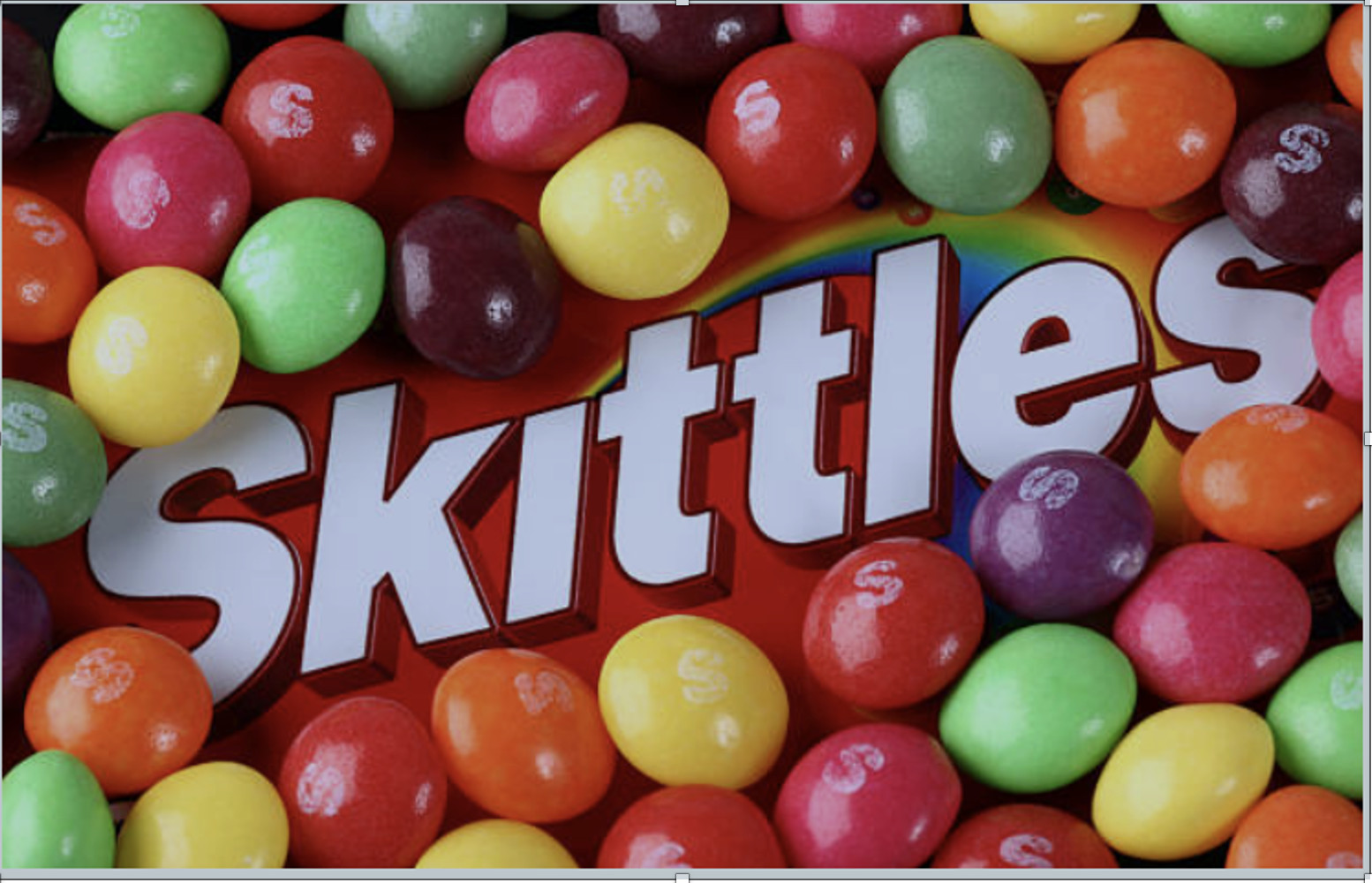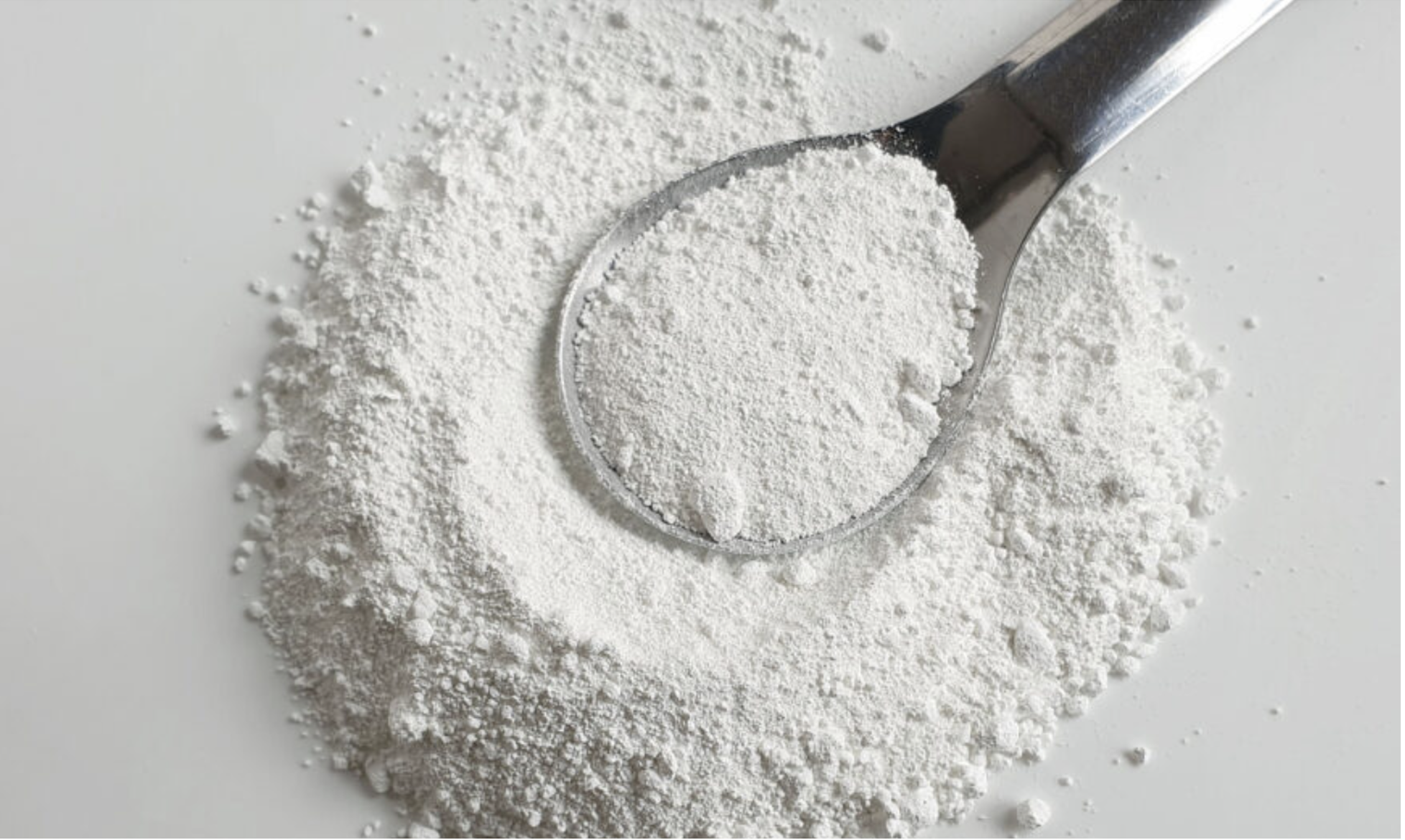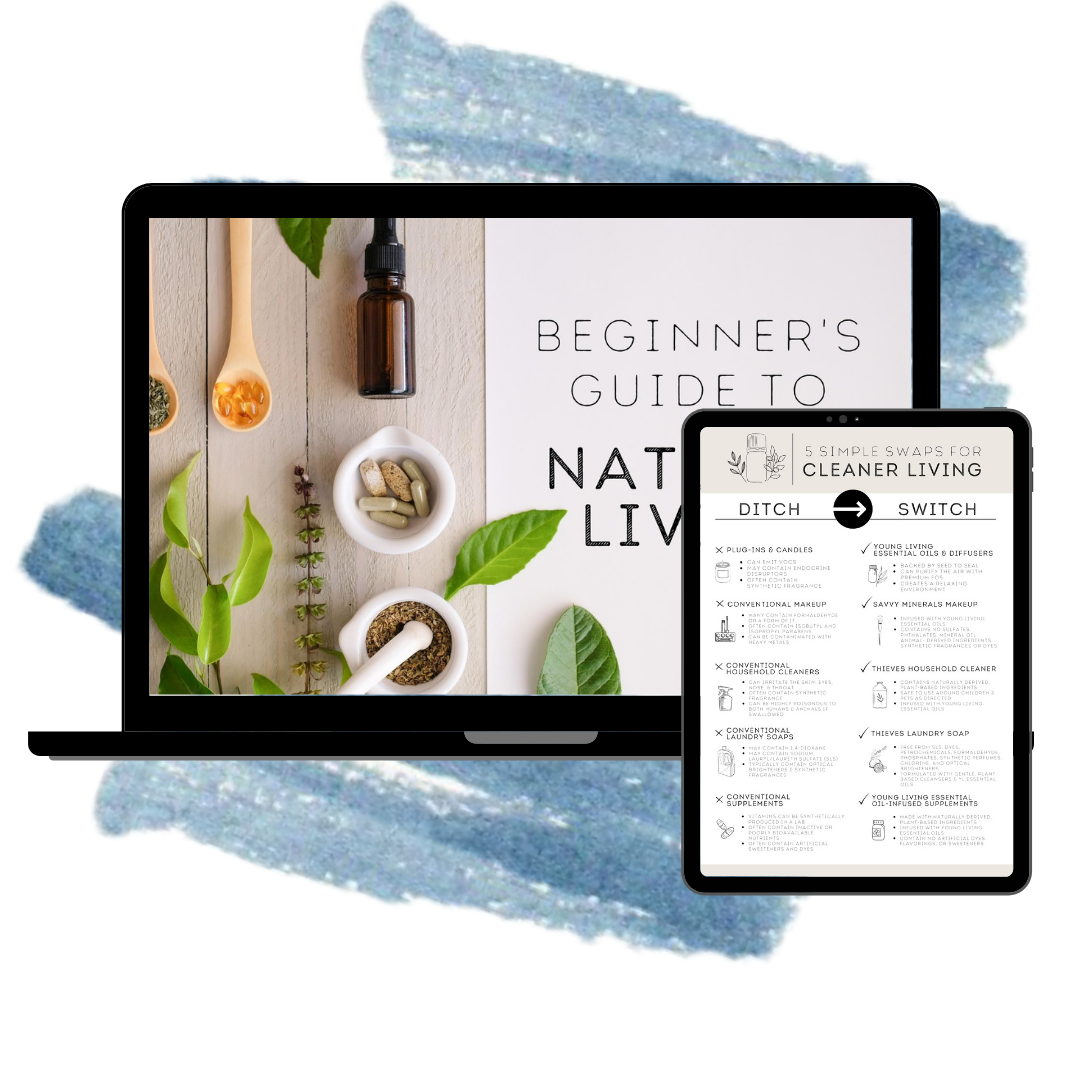
Introduction:
Welcome, folks, to a side-splitting adventure into the realm of frozen meals! As we delve into the hilarious world of preservatives, we'll take a closer look at the notorious villains lurking in your microwavable dinners. So brace yourselves for a laughter-inducing journey through the toxic chemicals known as TBHQ, BHA, and BHT, and their chaotic influences on your immune system, flu vaccines, and food allergies.
Be sure to have your bottle of "Digize" ready just in case! These preservatives do a number on your Tummy!
1. TBHQ: A Tongue-Twister of Trouble
Let's start with TBHQ, also known as Tertiary Butylhydroquinone, or as we like to call it, the "Tummy-Bothering Hazard Quirk." Known for extending the shelf life of frozen delights like beef-based dinners, TBHQ can leave your immune system waving the white flag. This tricky preservative has been linked to allergic reactions that would make your head spin faster than your very own microwave.
2. BHA: Beefing Up the Food, Browning Your Immune System
Ah, BHA, short for Butylated Hydroxyanisole, or the "Balaclava for Health Attack." This clever chemical is commonly found in burgers, but it does more harm than create a juicy patty. BHA can wreak havoc on your immune system, leaving it weak and vulnerable. It's like having a flu vaccine that's sabotaged by a mischievous clown.
3. BHT: Burittos' Hidden Trouble-maker
Enter BHT, or Butylated Hydroxytoluene, as we like to call it, the "Bad Haircut Traveler." This cunning preservative loves to make appearances in burritos and countless other frozen delicacies. But beware! BHT can mess with your immune system in ways that would make food allergies take center stage. It's like a comedy of errors but with your health as the punchline.
Summary:
Now that we've had a good laugh at the expense of these tricky preservatives, it's time to don our detective hats and protect ourselves from their shenanigans. Next time you're browsing the frozen aisle, be sure to wield your secret weapons: reading labels and choosing organic foods. By making informed choices, you can dodge the pranks these chemicals play and embrace a healthier, preservative-free lifestyle.
Disclaimer: Remember, folks, this blog post is meant to entertain and inform. Always consult a healthcare professional for personalized advice regarding your health and dietary choices.
So there you have it, dear readers! The comedic world of toxic chemicals in frozen meals, starring TBHQ, BHA, and BHT. Stay tuned for more rib-tickling adventures in the battle against harmful additives in our food. Stay healthy, stay positive, and keep those microwaves spinning!
Note: Special callout to Chloe Beittel from the Environmental Working Group who provided the inspiration to post this information!

I love to eat Skittles…a lot, but recently heard that Skittles contains a potential carcinogen called “titanium dioxide” so I decided to put my Skittles down and do some research about the ingredients of Skittles.
You see I just enjoyed the taste and ASSUMED because they are candy, they’re somewhat safe to eat in moderation. After all the FDA did not ban them, right?
Well after doing this research, I have now decided to kick “Skittles Out of the Rainbow….a sarcastic nod to their advertising campaign.
Here is why…using a Question & Answer format!
1. What is the toxin and potential carcinogen found in Skittles?
Skittles contain several additives, such as hydrogenated vegetable oil, which can increase the risk of heart disease, and titanium dioxide, which can potentially cause damage to intestinal cells and negative effects on the immune system.

2. What is Titanium Dioxide and what products can you find it in?
Titanium Dioxide (TiO2) is a naturally occurring mineral in rocks and soil. It's widely used in a variety of industries, including paints, cosmetics, and food. In food, it's used as a whitening agent to enhance the appearance of certain products, such as candies, cake icing, and sauces.
Other examples of foods that may contain titanium dioxide:
Candy: Candy coatings are often made shiny and colorful by adding titanium dioxide.
Gum: Many types of chewing gum contain titanium dioxide.
Baked goods: Titanium dioxide is frequently added to baked goods like bread and pastries to enhance their texture and appearance.
Dairy products: Titanium dioxide is sometimes used as a whitening agent in some types of yogurts, cheese, and low-fat milk.
Condiments: Titanium dioxide is sometimes used to add creaminess to sauces, such as mayonnaise and salad dressing.
3. What are the dangers of Titanium Dioxide?
Some of the potential dangers associated with consuming titanium dioxide are:
- Oxidative Stress: Studies have shown that titanium dioxide can cause oxidative stress in the body. This means there are too many unstable molecules called free radicals in the body and not enough antioxidants to get rid of them This can lead to cell damage, inflammation, and chronic diseases such as cancer, diabetes, and neurodegenerative disorders.
- Intestinal Cell Damage: Studies have found that titanium dioxide nanoparticles can damage the cells lining the intestine, disrupting the intestinal barrier and potentially causing inflammation and other health issues.
- Negative Effects on the Immune System: Exposure to titanium dioxide has been linked to changes in the immune system, such as decreased activity of immune cells and increased production of pro-inflammatory cytokines. Cytokine is a type of protein that is made by certain immune and non-immune cells and influences the immune system to help fight cancers, infections, and other diseases.
- Potential Carcinogenicity: Some animal studies have suggested that titanium dioxide may be carcinogenic.
4. How do I know a product contains Titanium Dioxide…like Skittles?
When manufacturers add titanium dioxide to foods and other ingestible products, it’s typically referred to as E171, which relates to food-grade purity. While it’s always a good idea to check the label, just know that the FDA doesn’t require food makers to list titanium dioxide by name on an ingredient list. The agency makes this exception for several approved color additives. Instead, titanium dioxide could be listed as:
- Artificial colors
- Artificial color added
5. What can I do to minimize the impact of Titanium Dioxide?
Outside of total elimination, the main action item would be to “Read Ingredient Labels Carefully”! Titanium dioxide (E171) may be listed as an ingredient in food products, so it's important to read labels carefully. Look for products that don't contain this additive or choose products that contain less of it.
6. What else should lead me to kick Skittles out of the Rainbow?
Skittles is candy, right? So, I would lump all candies as having a negative impact on your health because of:
- High Sugar Content: Skittles are high in sugar, which can cause weight gain, increase the risk of developing type 2 diabetes, heart disease, and other health problems.
- Artificial Colorings: Skittles contain artificial colorings, such as Red 40, Yellow 6, and Blue 1, which have been linked to hyperactivity in children and may also cause allergic reactions in some people.
- Dental Health: The high sugar content and acidity of Skittles can increase the risk of tooth decay and other dental problems.
- Obesity: Eating Skittles frequently can lead to overconsumption of calories and contribute to obesity, which increases the risk of several health problems, including heart disease, stroke, and diabetes.
Conclusion
While titanium dioxide is a common additive found in many processed foods, there are concerns about its potential dangers, especially when consumed in large amounts. As a concerned parent, it's important to be aware of these dangers and take steps to reduce your family's exposure.
It is important to note that consuming Skittles in moderation is unlikely to cause significant harm. However, as with any food, overconsumption can lead to negative health effects. It's recommended to limit the intake of Skittles and other high-sugar, high-calorie foods and to maintain a balanced diet to support overall health.
So, even though it will be hard to do, I have decided to “Kick Skittles out of the Rainbow”!
What would you do?
Research Resources:















